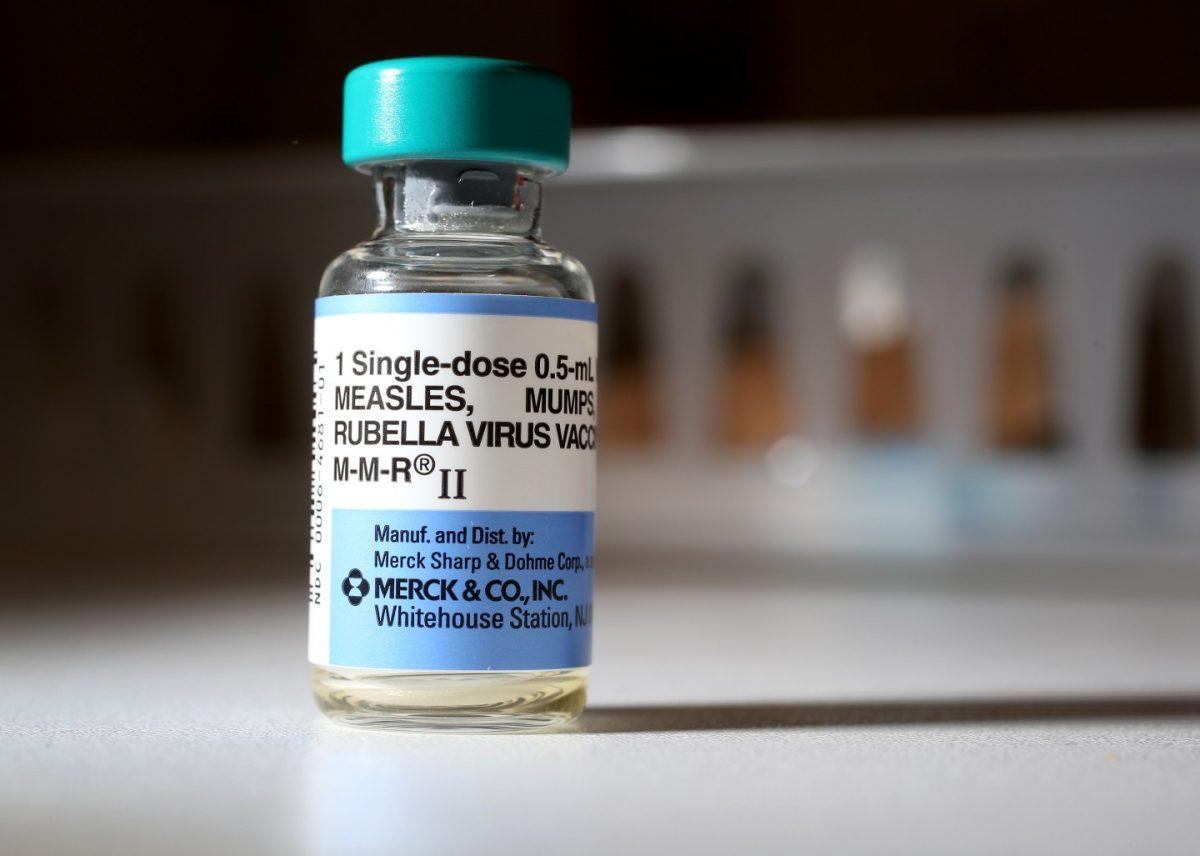Your neck and jaw area has started to hurt and swell, so you go to the doctor’s office to find out what’s wrong. After a preliminary series of tests, they find none of the more common diseases that affect college students, so they run another set. It’s in this second screening that you are diagnosed with mumps.
You might be confused, and rightly so. Mumps is not a disease that people have had to deal with in the United States since the vaccine was approved in 1967. You thought you’d been vaccinated against mumps, so how could you be getting it now?
It turns out that mumps cases have recently been on the rise, for unknown reasons. Though there were only a few hundred cases in the U.S. in 2010, more than 6,000 cases were reported in 2016. The cases usually cropped up as outbreaks in specific geographic locations, but the oddest thing? During these outbreaks, almost everyone who had been diagnosed with mumps was between the ages of 18 and 22, and almost all of them received the vaccine as children.
The vaccine used to prevent mumps is called the MMR (measles, mumps and rubella) vaccine because it is a combined injection. It provides immunity the same way many vaccines do: by exposing children between the ages of one and four to an inactive form of the virus so that the body can recognize and fight off the disease.
However, it seems that if someone is repeatedly exposed to the virus and their immunity has waned enough, they can still fall sick. And it is no secret that a very specific lifestyle, common with 18- to 22-year-olds, can provide constant exposure to a range of illnesses. Dorms, college sports teams or any type of close, communal living can put you at risk. The men and women’s lacrosse teams at Syracuse University experienced an outbreak in 2016, and the University of Iowa was afflicted with the disease in the same year.
So the question that scientists, public health officials and now college administrators are trying to answer is: how do people protect themselves if the vaccine isn’t enough?
First, some knowledge about mumps and its symptoms might be useful. Mumps is a virus that most notably causes swelling of the parotid glands, or the salivary glands under the ears. There are other general symptoms to be aware of as well—for example, fever, fatigue and headaches. In more severe cases, there can be long-term complications like ovarian inflammation, swelling of the brain or deafness.
Mumps can also be spread through saliva and mucus. Coughs, sneezes and sharing cups are all risk factors. One of the campaigns enacted at the University of Iowa to curb the spread of mumps consisted of basic health reminders about covering your mouth with an elbow when you sneeze or cough.
Another suggestion by health experts at the University of Iowa is a third course of the vaccine. Currently, children get two shots: the initial vaccination around age one and a booster around age five. The third booster is only recommended for students who are at an institution with an outbreak, but there is discussion of recommending the preventative method even for people who aren’t considered at-risk.
Moving forward, college students and even adults should be more aware that mumps is not a “dead” disease. People can lose their immunity, and they can still get sick. For now, it is known that the vaccine still prevents people from suffering the most severe symptoms. The moral of the story? Cover your coughs, practice good dorm hygiene—and while you’re at it, get a flu shot.







